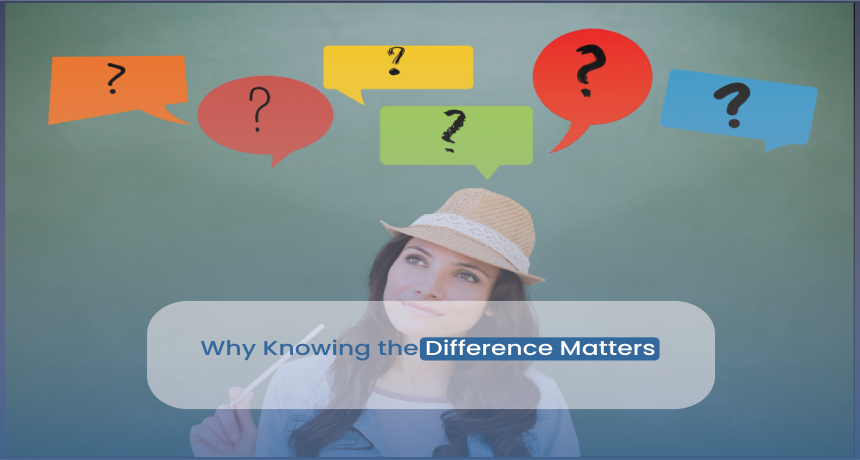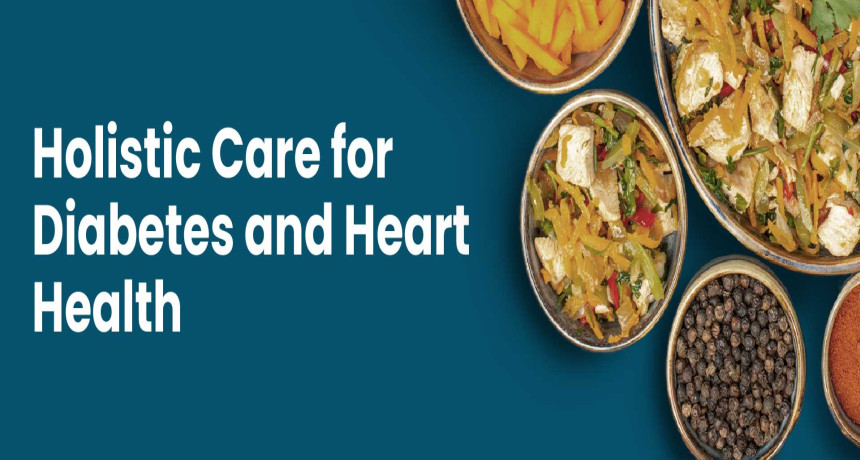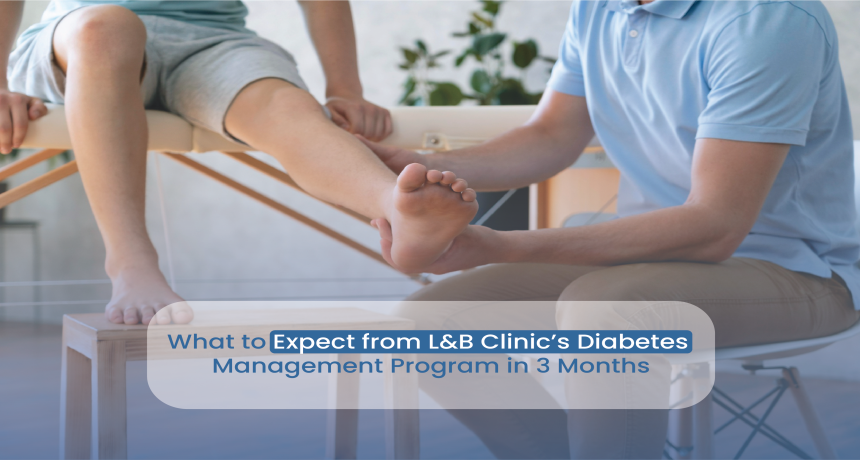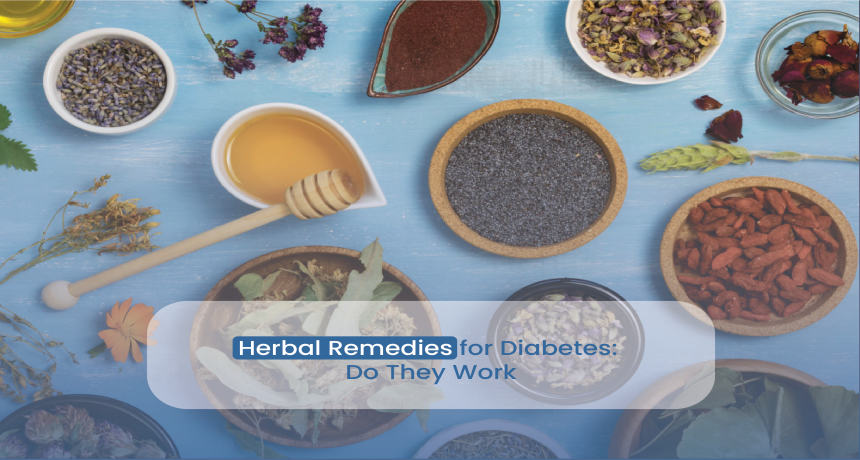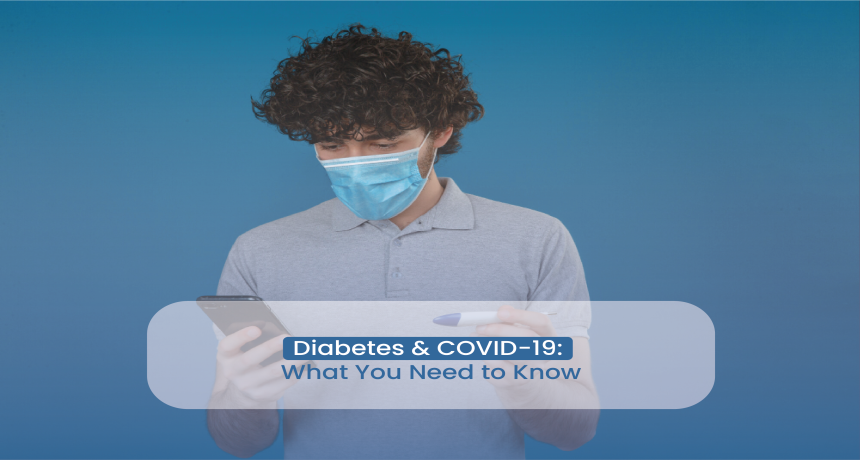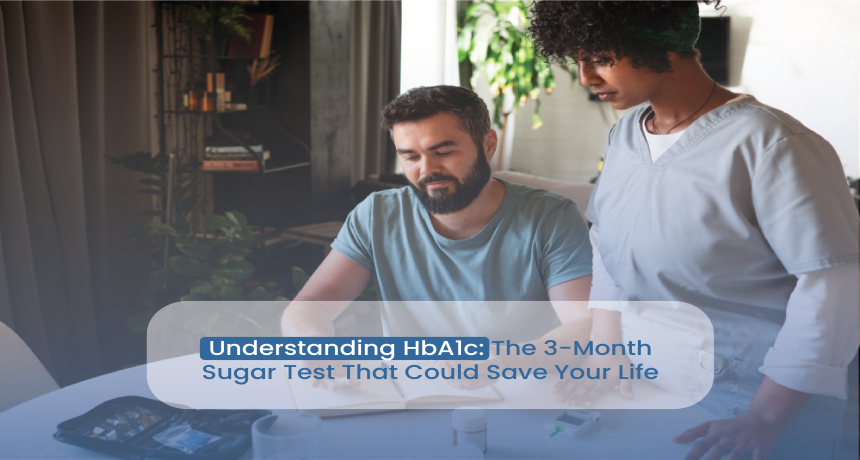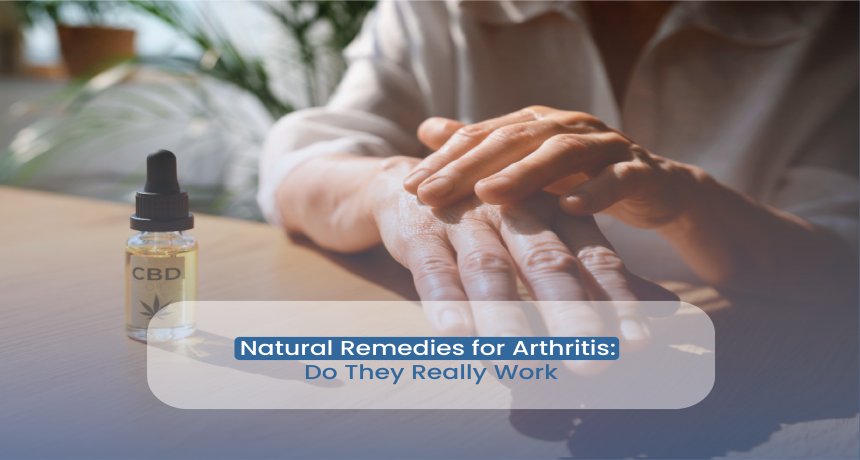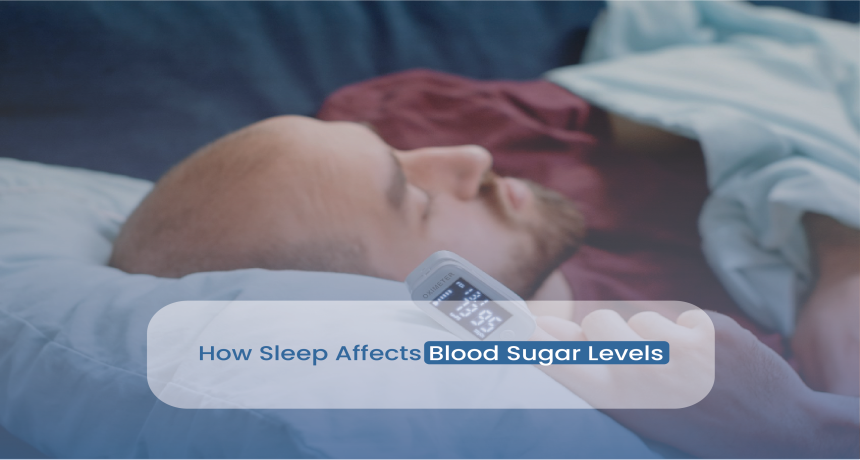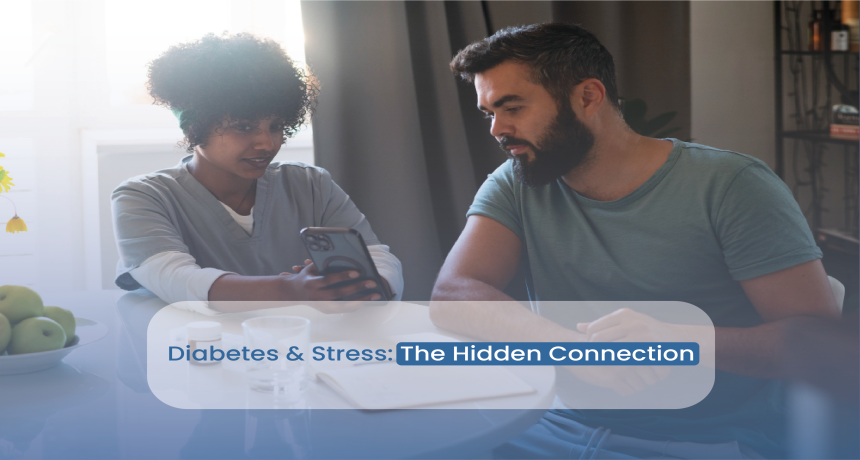Type 1 vs Type 2 Diabetes: Know the Difference
2025-07-17 Diabetes is among the most prevalent chronic health conditions on the planet. By 2025, an estimated 500 million people will have some form of diabetes. Still, it is often one that many do not engage with the distinctions between Type 1 and Type 2 diabetes: two similar yet fundamentally different chronic diseases in terms of how they are formed, how they progress, and how they are treated. Whether you are newly diagnosed, a caretaker, or just want to be more aware, the following article will provide a full, clear, and organized overview of the differences, symptoms, causes, complications, and day-to-day pragmatic aspects of living with both types. Type 1 diabetes is classified as an autoimmune disease. It happens when the body's immune system mistakenly diagnoses the beta cells in the pancreas (which produce insulin) as a threat and destroys them. Insulin is the hormone responsible for moving glucose from the blood to our cells to be used for energy. So who gets it? Type 1 diabetes is mostly diagnosed in children, teens, and young adults, but can occur at an older age too (known as LADA: Latent Autoimmune Diabetes in Adults). Why does it happen? The exact cause of Type 1 diabetes is still unknown, but it could involve a combination of genetic susceptibility, a viral infection, and environmental factors. Is it preventable? No. Right now, there is nothing out there to prevent Type 1 diabetes from happening. Symptoms typically appear abruptly and can become life-threatening without prompt treatment: Increased thirst and urination Unexplained weight loss Extreme fatigue/weakness Blurred vision Finding that you become irritable or experience a change in feelings Fruity-smelling breath (a sign of diabetic ketoacidosis – a medical emergency) Type 2 diabetes is a type of metabolic disease. Over a period of time, cells become resistant to insulin, or the body does not produce enough insulin; glucose builds up in the blood. Controlling blood glucose levels over a period of time, the glucose in the blood from causing long-term damage to our organs and our blood vessels. Who gets it? Typically, type 2 diabetes is diagnosed after the age of 40; however, increasing rates of obesity, sedentary lifestyle, and lack of physical activity have contributed to increased rates of diagnosis in young adults and children. Why do we get it? Risk factors for type 2 diabetes include obesity, poor diet, lack of proper physical activity, family history, high blood pressure, and age. Can it be prevented? In many cases, it is completely preventable, as long as you can exercise regularly, eat healthily, and manage your healthy weight, the diabetes risk would be less significant. Symptoms develop gradually and with mild intensity, which are often ignored until complications arise: Increased thirst and hunger Frequent urination Fatigue Slow-healing wounds Tingling or numbness in hands or feet (nerve damage) Dark skin discoloration (acanthosis nigricans) Blurry vision Early intervention can help some people reverse or put Type 2 into remission. Both Type 1 and Type 2 can cause serious long-term complications if not managed properly: Heart disease and stroke Kidney failure (diabetic nephropathy) Nerve damage (diabetic neuropathy) Eye problems and blindness (diabetic retinopathy) Foot ulcers and amputations Mental health issues – depression, anxiety, burnout Type 1 tends to progress faster without treatment. Type 2 may silently cause damage over the years before it's even diagnosed. Aisha was a lively, bubbly 10-year-old until she started having undiagnosed symptoms. She began drinking liters of water every day, and then she started to go to the bathroom constantly. She lost 5 kg in 2 weeks and was exhausted no matter what. Her parents thought she was just going through a growth spurt - until the blood tests came back revealing she had Type 1 diabetes (with very high blood sugar levels). Now, with a plan, Aisha checks her blood sugar 4-6 times each day, has an insulin pump, and has made her meals and schooling balance in a way that works for her. With a comprehensive support plan, she does everything she did before, like all of the other kids; she just needs to plan extra for it. This is what juvenile ( another name for Type 1) diabetes can be like - fast, serious risk, and manageable. This is a common question - and the answer is context-dependent: Type 1 is sudden and, at times, more life-threatening if untreated. There can be strict insulin use from day one. Type 2 can be less severe initially but can cause serious complications over time, especially if it's undiagnosed or poorly managed. Ultimately, they both take a serious lifelong commitment, medical care, and attention to one's. Neither is "worse" than the other - they are different. Type 1 diabetes is an autoimmune disorder that requires daily insulin. It is typically diagnosed in childhood and cannot be prevented. Type 2 diabetes is a lifestyle disease that can often be prevented and/or delayed with a healthy lifestyle. If you have diabetes, the key to having a healthy life is early detection, education, and management. Be aware of your family's history. Be conscious of symptoms in yourself and/or your children. Have annual checkups and include blood sugar in your tests. Eat a balanced diet and exercise regularly. See a doctor for any warning signs. Recognizing the distinction between Type 1 and Type 2 diabetes is more than a health issue; it is about awareness and taking control, both for you, your loved ones, and your community. Type 1 diabetes can manifest quickly, commonly in young children and young adults, and requires lifelong insulin and vigilance. Type 2 diabetes can present silently, typically through lifestyle questioning, but can be prevented, delayed, or even undone if you take action. Both require commitment, but with awareness, early detection, and access to community support, the possibility for a robust and purposeful life is attainable! If you take away only one piece of information, let it be this: Don't wait for symptoms to present themselves before taking action. Don't overlook the subtleties of health signals from your body. And don't underestimate or dismiss small, doable changes to your lifestyle. Whether you are living with diabetes, are considered at risk of developing diabetes, or are supporting someone on their diabetes journey, find comfort in knowing that you are not alone. That there is support, and that every little thing you do TODAY to take charge of your health matters. Your health is your power—start protecting it today with the support of our diabetes care clinic in Delhi.Type 1 vs Type 2 Diabetes: A Quick Overview
What Is Type 1 Diabetes?
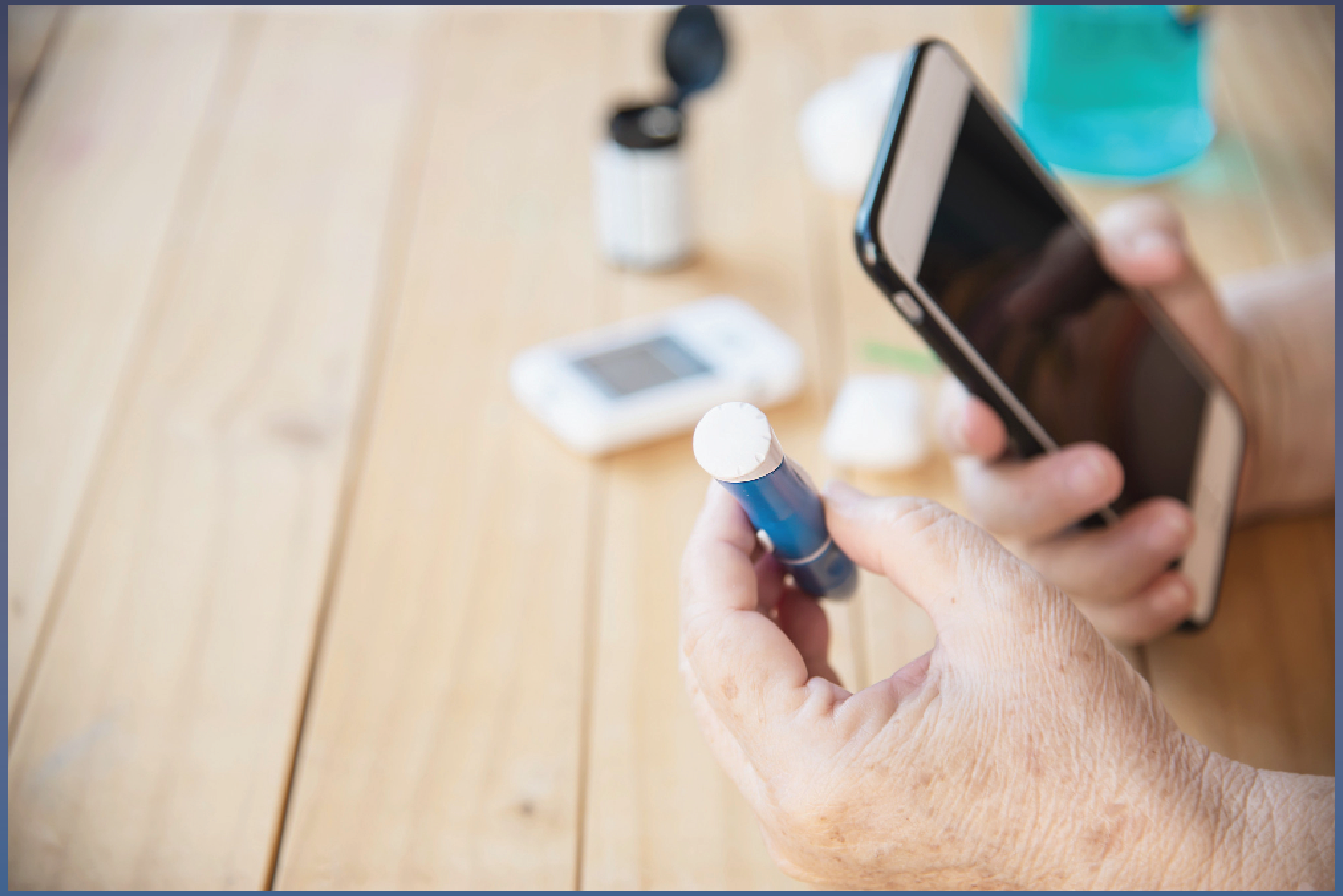
🚨 Key Symptoms of Type 1 Diabetes
What Is Type 2 Diabetes?
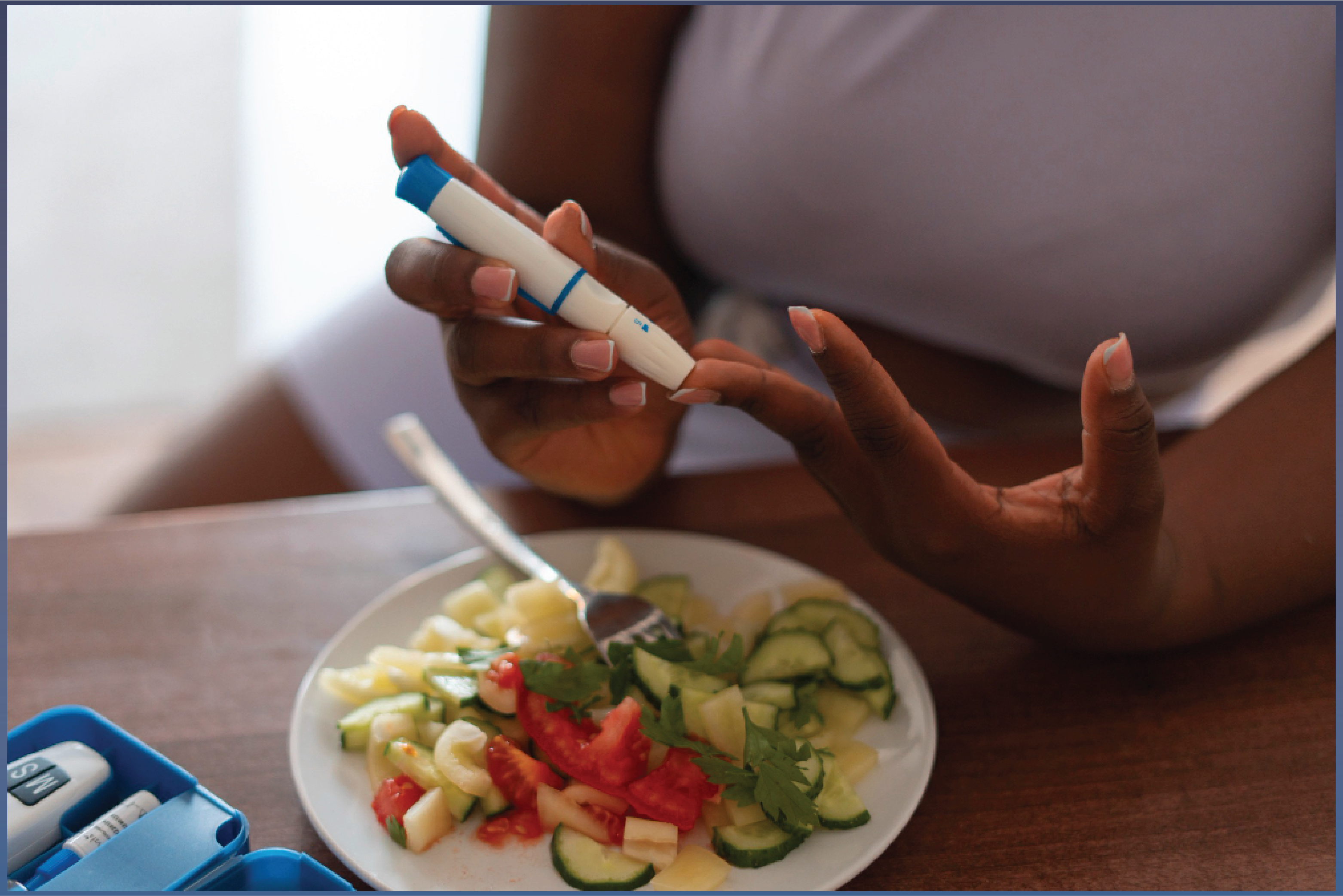
Common Symptoms of Type 2 Diabetes
Treatment & Management
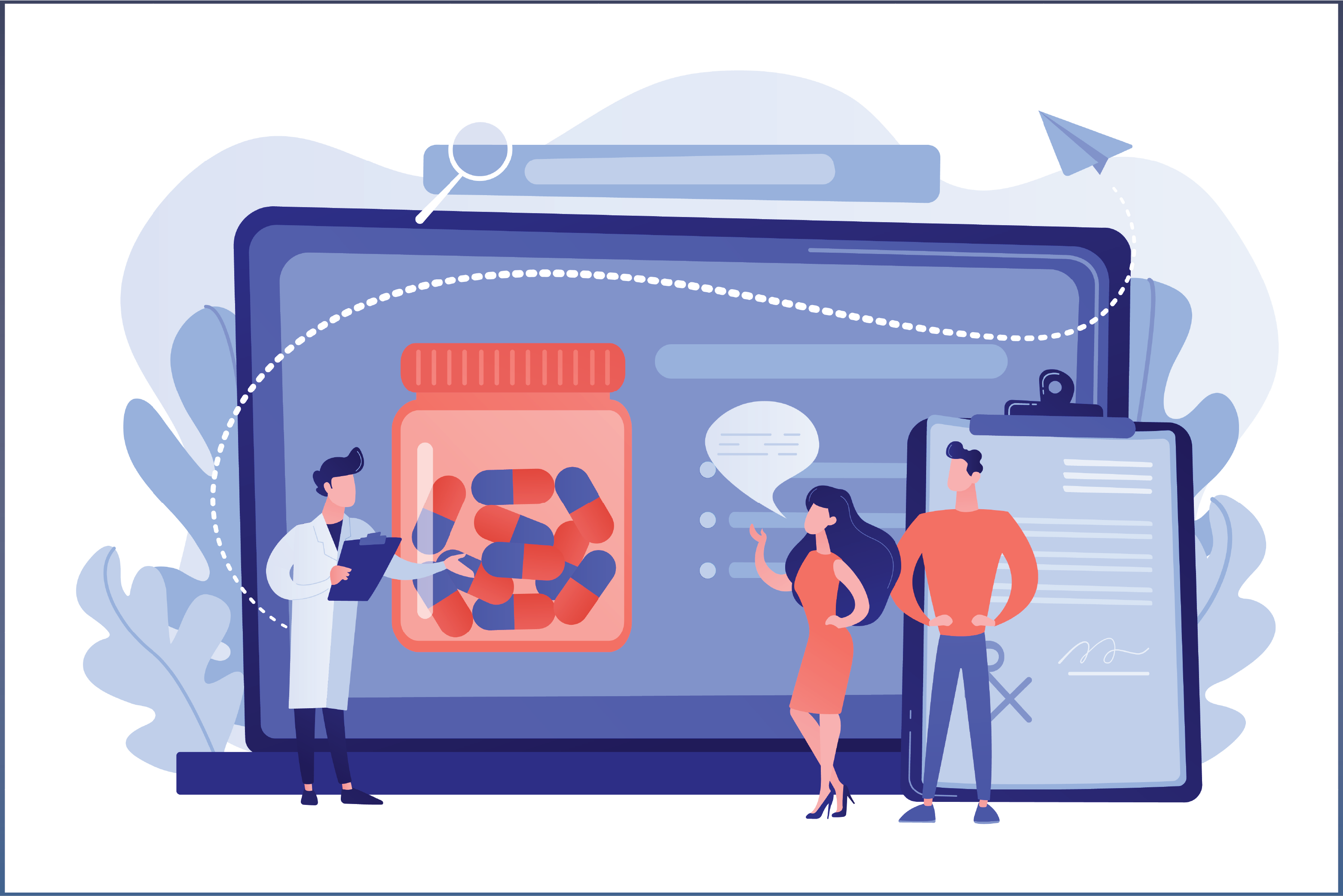
🔹 Type 1 Diabetes
Insulin therapy is needed - injections or an insulin pump.
Blood glucose monitoring multiple times per day.
Carbohydrate counting and planned meals.
Exercise is important, but needs to be carefully monitored in conjunction with medication and food.
There is no "time off" from Type 1 - it is a 24/7 condition, cannot take a break, and needs to be consistently monitored.
🔹 Type 2 Diabetes
Usually, it begins with lifestyle interventions (diet, exercise, weight loss).
Oral medications (Metformin) are the first pharmacological agents.
Insulin may be added if oral meds are not enough.
Blood glucose testing will vary with each individual and the severity of their condition.
Complications of Uncontrolled Diabetes
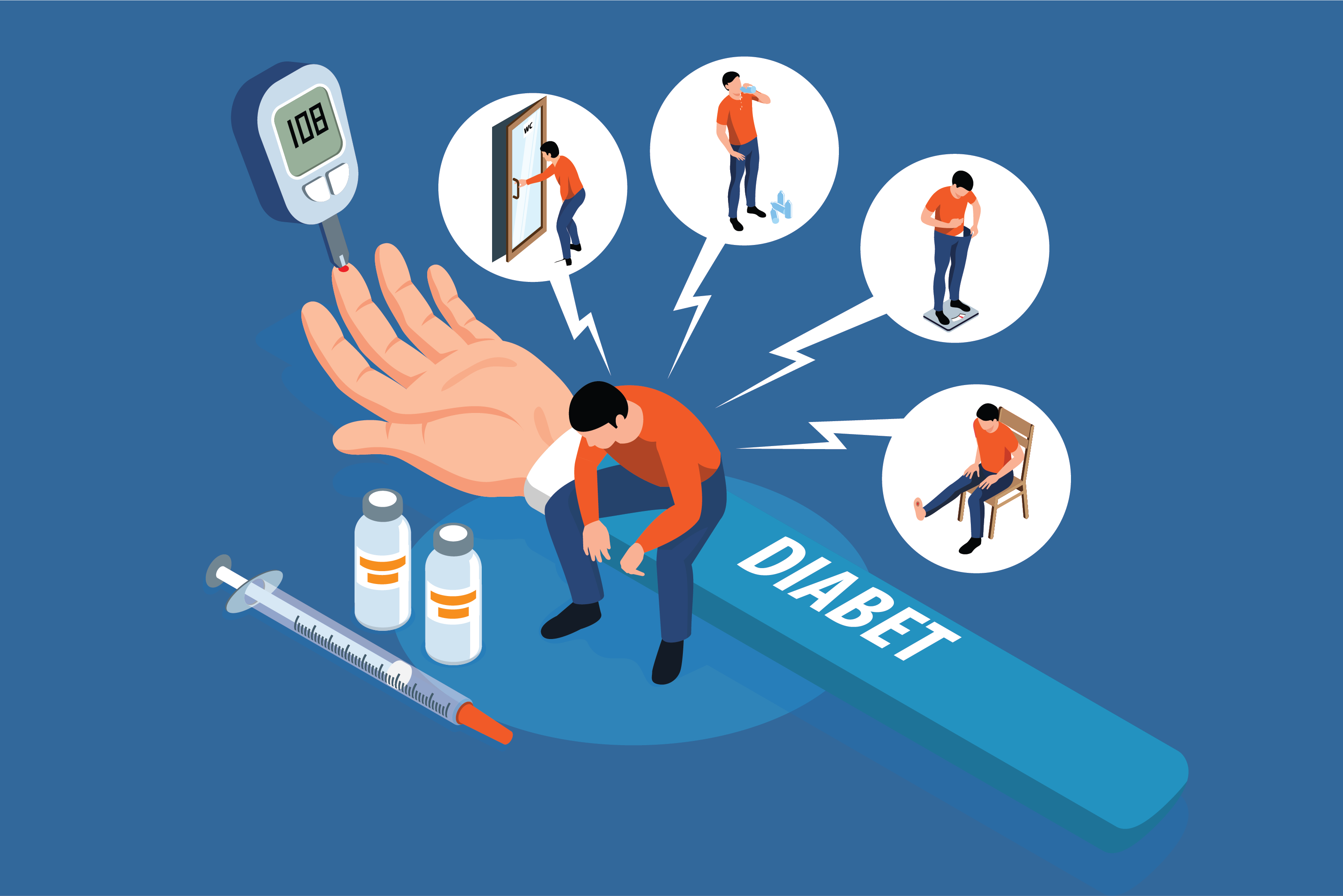
Real-Life Case: Aisha, Age 10 – Living with Type 1 Diabetes
Which Is Worse: Type 1 or Type 2?
Myths vs. Facts
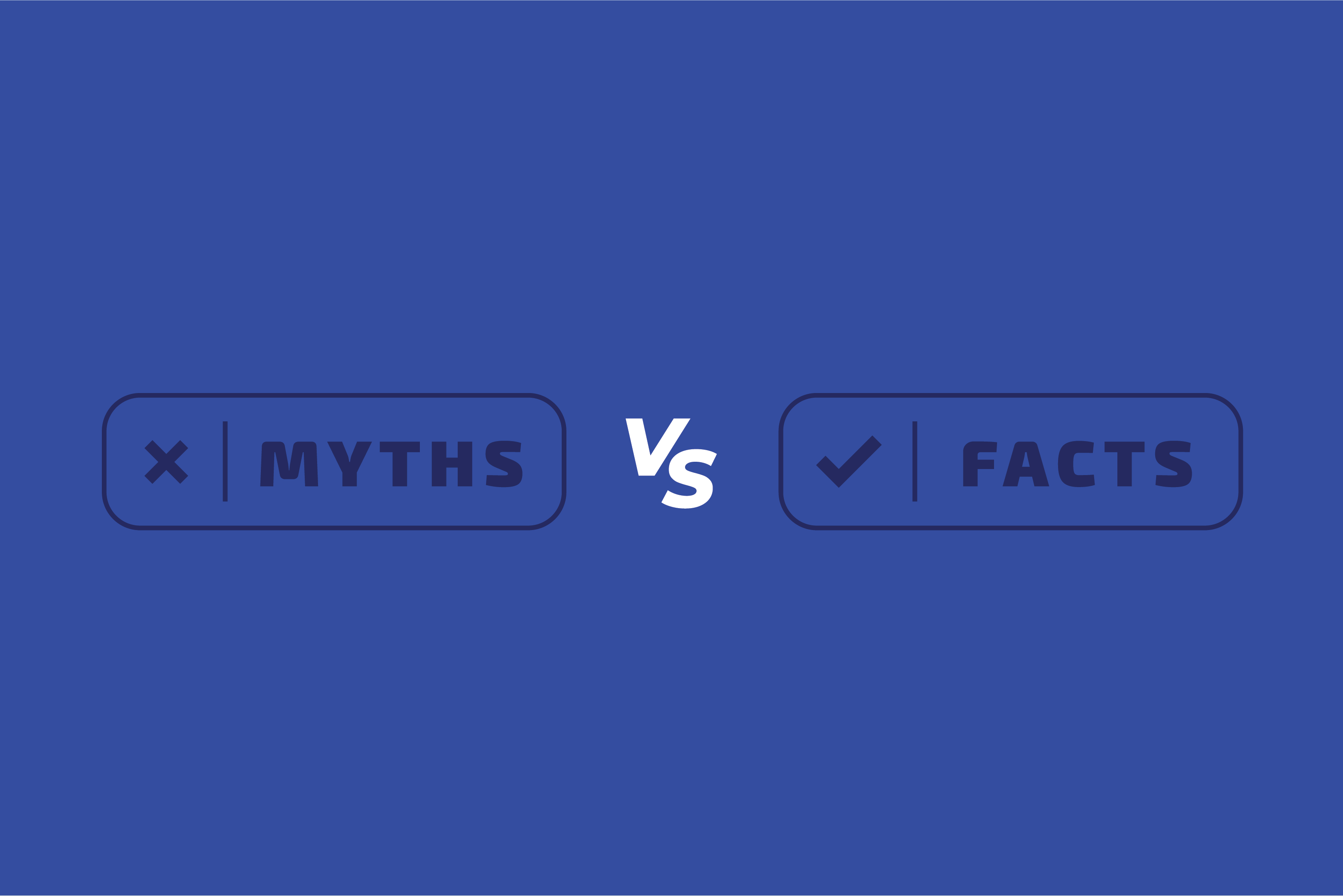
Final Takeaways
What you can do next:
Conclusion: Knowledge is Power, Action is Freedom
.png)
